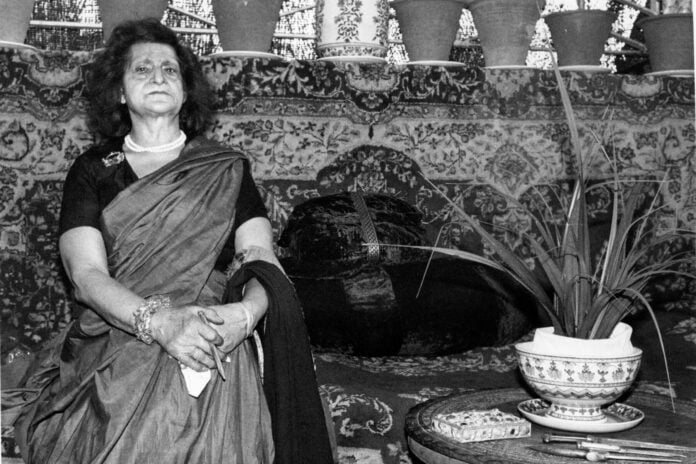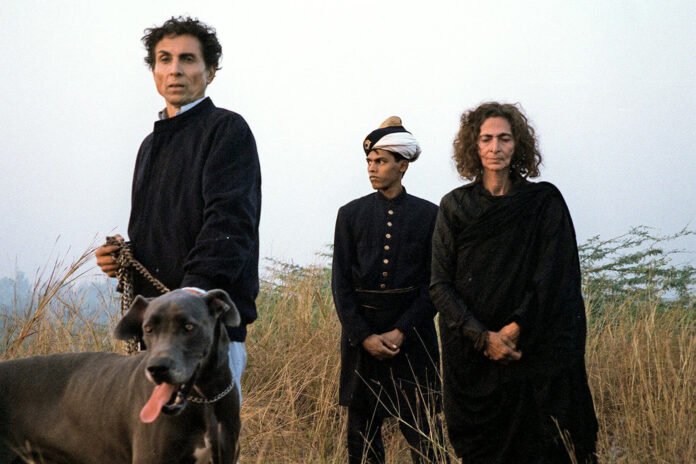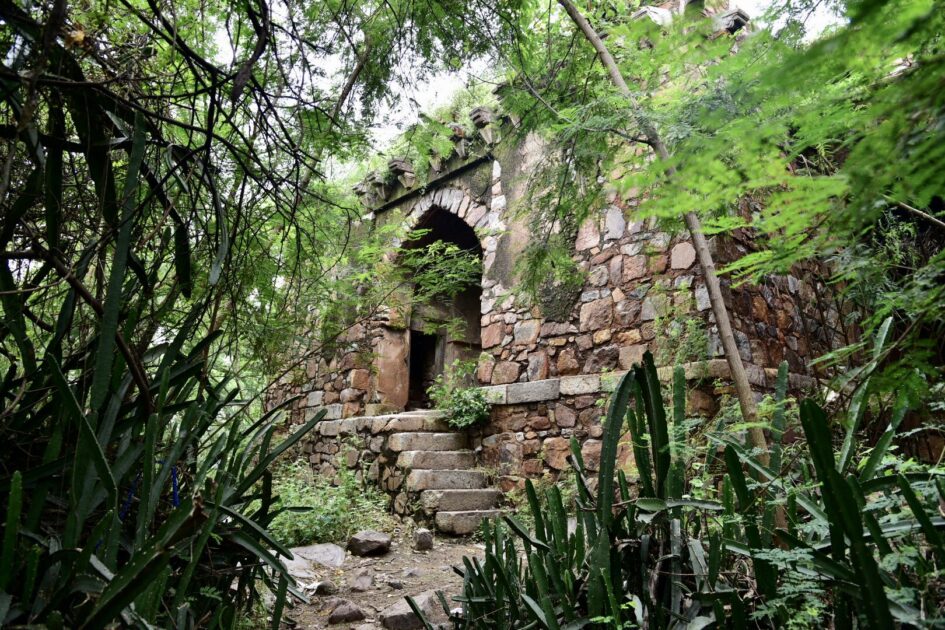Welcome to the mystical realm of Malcha Mahal, a historic gem nestled in the heart of Delhi, India. With a rich tapestry of history, urban legends, and a recent astonishing revelation, this timeless monument continues to captivate the imagination of locals and visitors alike. Join us as we delve into the intriguing past, significance, and relevance of Malcha Mahal in today’s world while unraveling the enigma that surrounds this ancient dwelling.
History of Malcha Mahal
Malcha Mahal, also known as Wilayat Mahal, stands as a poignant reminder of the grandeur and glory of the bygone era. Constructed in the early 17th century during the Mughal period, this elegant palace served as a hunting lodge for the royal families. Situated within the serene and sprawling Lodhi Gardens, the Mahal is a testimony to the architectural brilliance and artistic finesse of that era.

The tale of deception
For over 40 years, a captivating story about the mysterious and reclusive royal family residing in Malcha Mahal persisted among foreign correspondents in New Delhi. The widowed Begum Wilayat, along with her children, Princess Sakina and Prince Ali Raza (also known as Cyrus), claimed to be the descendants of the Nawab of Oudh, Persian nobility, and the rulers of a kingdom in northern India until 1856.
However, an astonishing revelation recently emerged, shattering the carefully crafted family legend. Investigative journalist Ellen Barry, in her article published in the New York Times, uncovered the truth behind the enigmatic family. The Begum Wilayat and her children were, in fact, imposters, not descendants of the royal house of Oudh.

The Begum arrived in New Delhi in the early 1970s, demanding the return of her ancestors’ looted wealth and property. Squatting in a VIP waiting room for almost a decade, she captured attention with her eccentric demands. Eventually, the family was granted Malcha Mahal, where they resided from 1985 onwards.
Their lives in Malcha Mahal were filled with poverty and eccentricity, as they gave rare interviews expressing their grievances against the British and Indian governments. The Begum was alleged to have committed suicide in the 1990s, while Princess Sakina passed away in 2016. Cyrus, Barry’s key contact and friend, reportedly died of dengue fever in late 2017.
The unraveling of the legend
Barry’s extensive research revealed that the Begum, prior to partition, was the widow of a civil servant named Inayatullah Butt in Lucknow, the former capital of the Oudh region. After her husband’s death, she was admitted to a mental hospital in Lahore before declaring herself the Queen of Oudh. While her younger children believed her claims, her eldest son, Shahid Butt, left for England in his teens and secretly supported the family financially.
Relevance in today’s world
Despite the deception surrounding the Begum and her children, the Malcha Mahal retains its historical significance and allure. It serves as a metaphor for the complexities of identity, the consequences of partition, and the human desire for a regal past. The palace’s dilapidated state also highlights the importance of preserving and restoring historical sites, reinforcing the need to cherish our cultural heritage.

The legend lives on
The urban legends and mysteries associated with Malcha Mahal intertwined with the deception of the Begum and her children, continue to intrigue visitors. The story of their fabricated royal lineage and the subsequent unraveling of the truth add another layer of fascination to the already enigmatic palace. While the legend of Malcha Mahal may have been shattered, its allure remains intact, inspiring curiosity and reflection.

Malcha Mahal, with its captivating history and the tale of deception, stands as a testament to the complexities of human existence and the power of legends. Despite the revelations, the palace’s architectural beauty and its location within the enchanting Lodhi Gardens continue to attract visitors seeking a glimpse into its past. As we unravel the truth behind the legend, Malcha Mahal serves as a reminder of the importance of authenticity and the preservation of our cultural heritage, allowing us to reflect on our shared history and the stories that shape our present.




